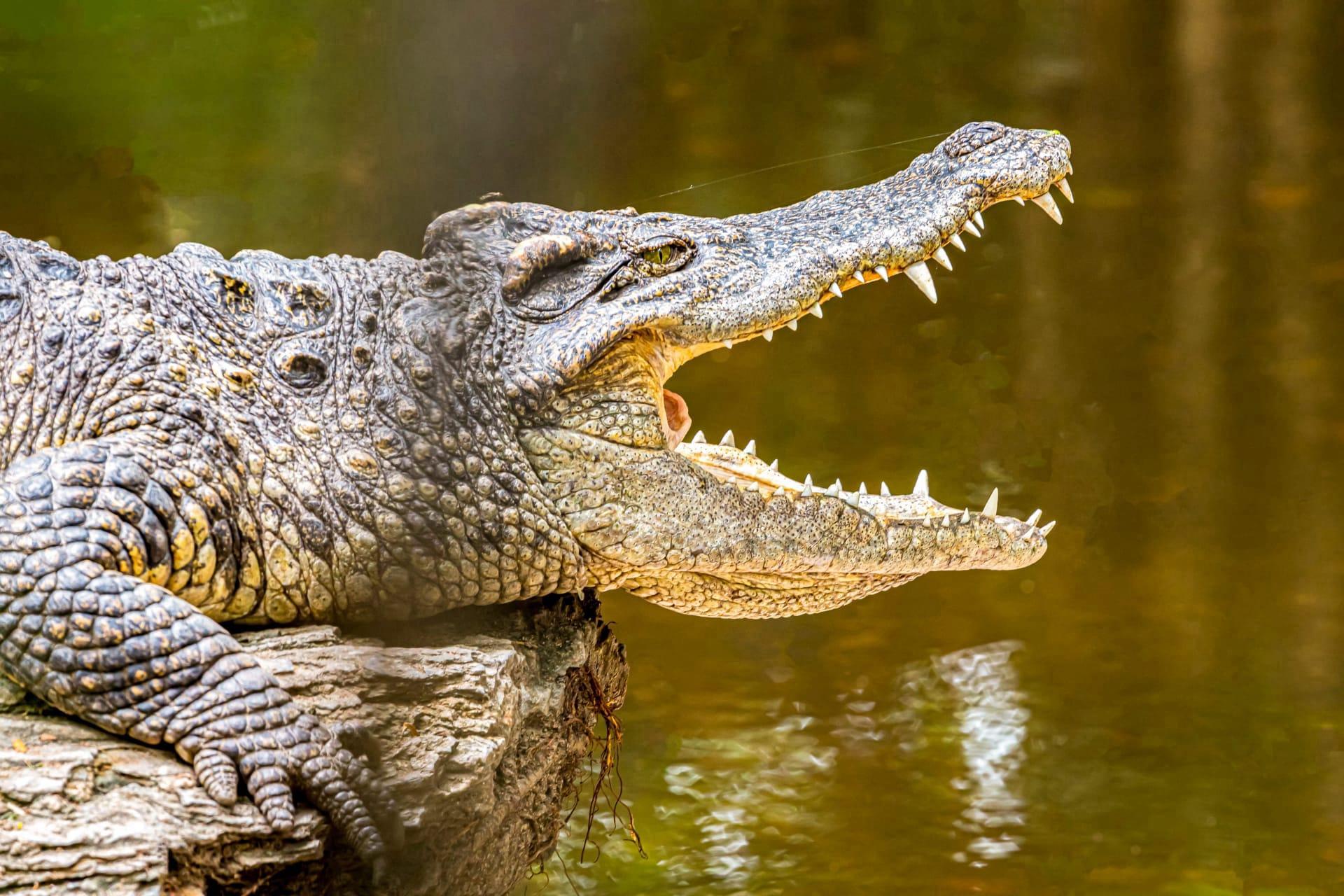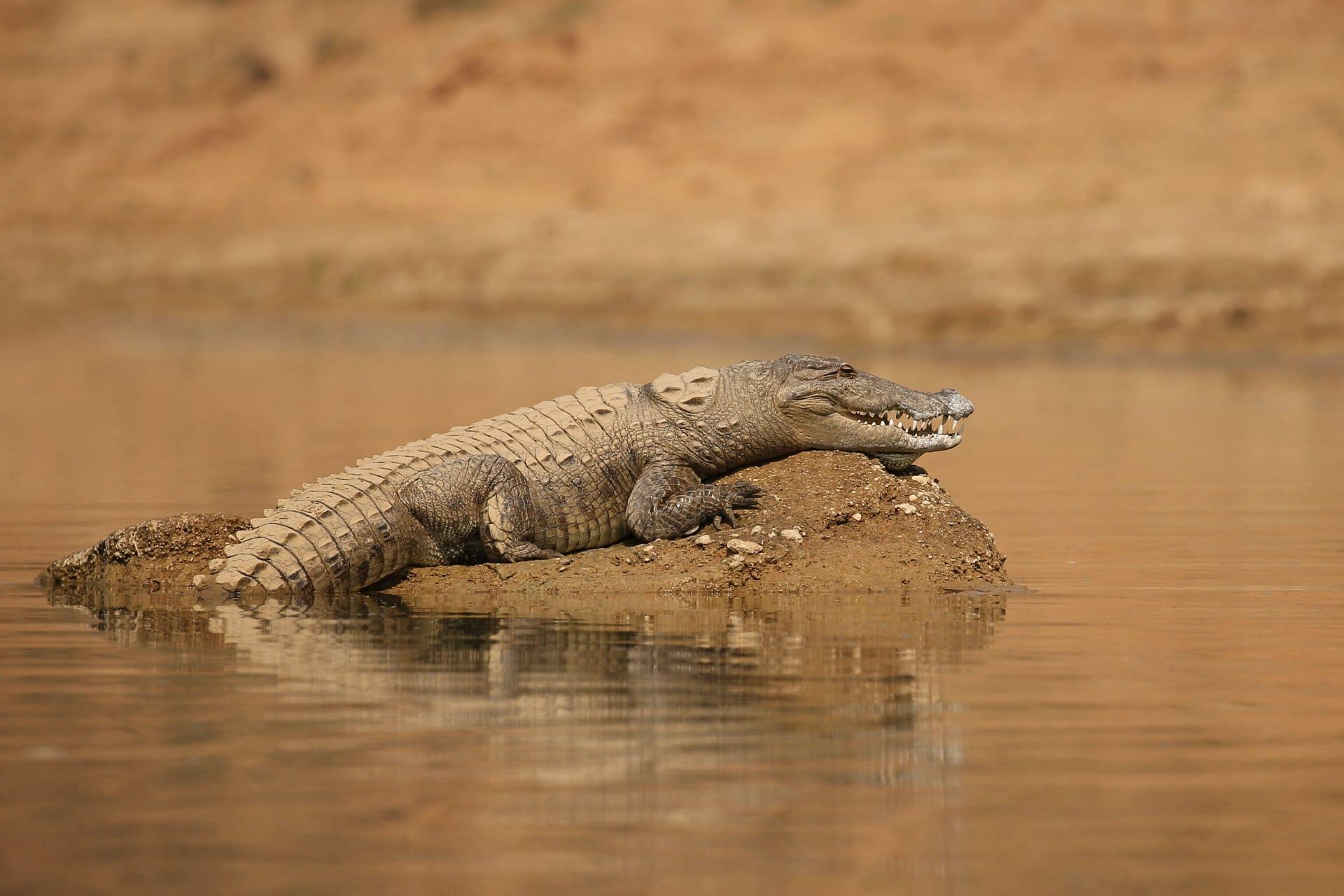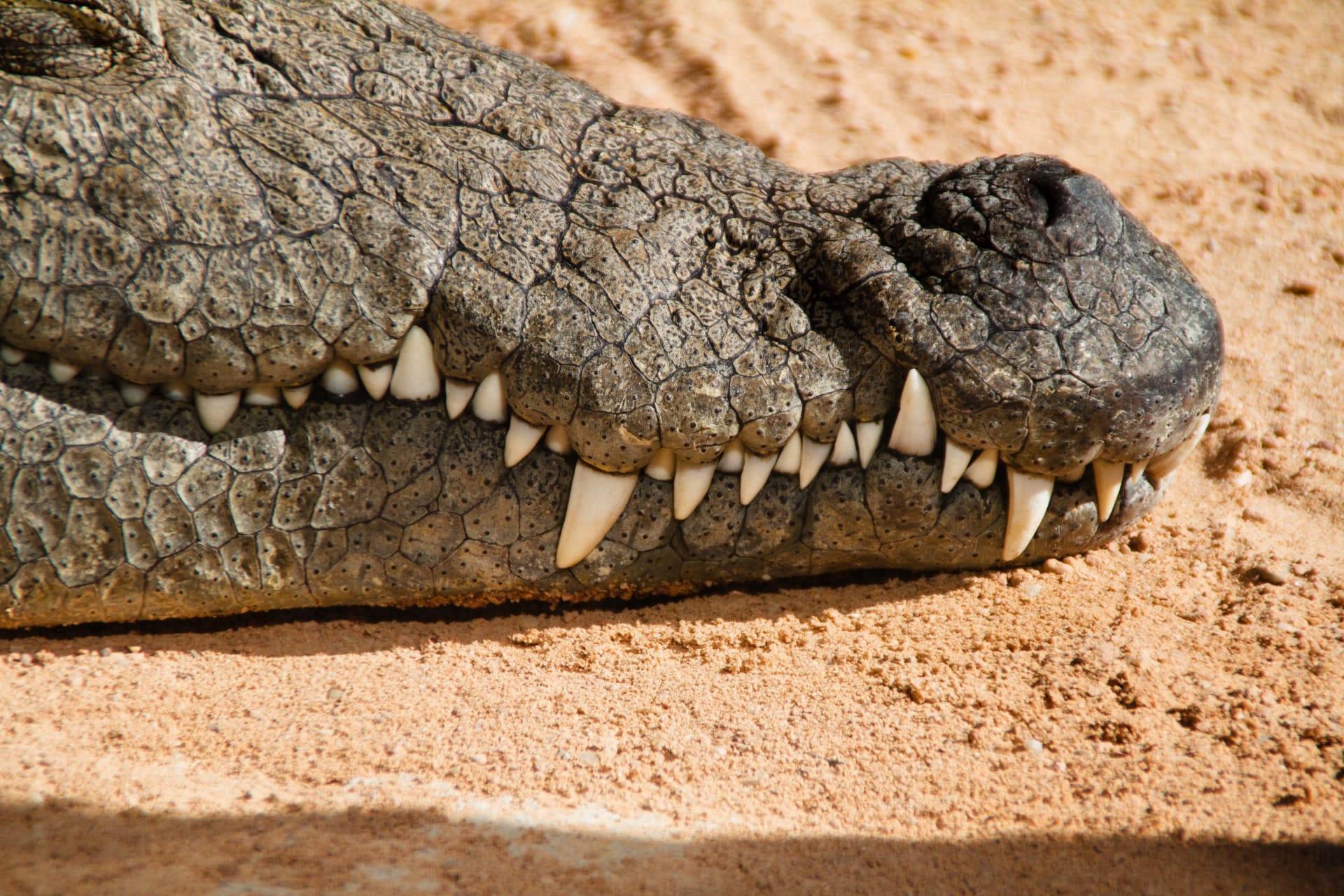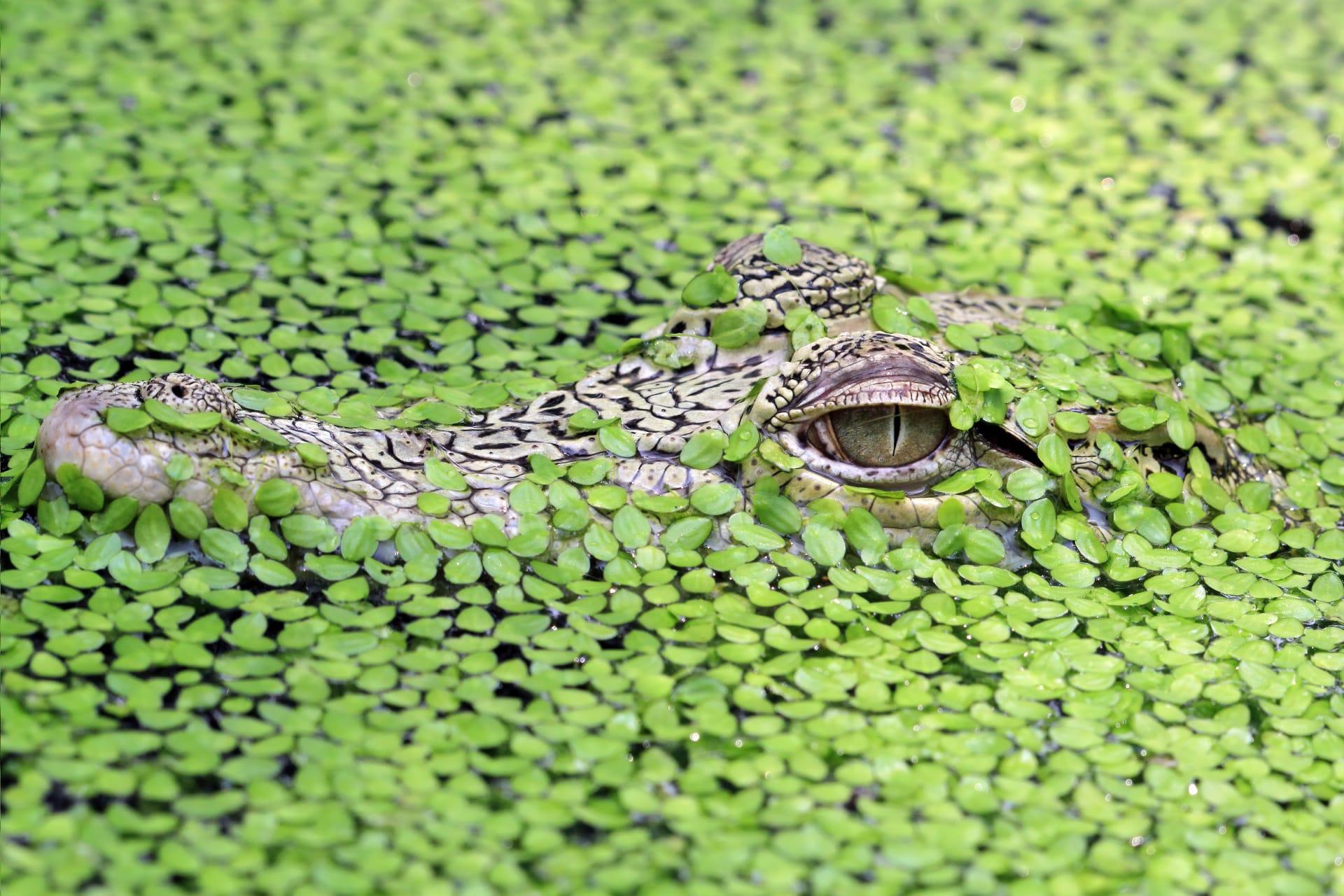Crocodile Characteristics
- Home /
- Mini Encyclopedia /
- Animal /
- Crocodile Characteristics
1
Crocodiles, renowned for their distinct appearance, are large reptiles with powerful bodies, typically measuring 5 to 6 meters in length, though some species, like the Saltwater Crocodile, can exceed 7 meters. Their life span is impressive, often living for more than 70 years, with some individuals surpassing 100 years. Their tough, scaly skin acts as armor, providing significant protection, while their coloration, ranging from dark green to brown, aids in camouflage.
One of the most fascinating organs in a crocodile is its heart, a uniquely structured four-chambered heart, more complex than other reptiles. This sophisticated cardiac system allows crocodiles to control the flow of blood to their lungs and body, enabling them to stay submerged underwater for extended periods, up to an hour, and optimize oxygen usage when diving.

2
Question: How do crocodiles regulate their body temperature?
Answer: Crocodiles are ectothermic, meaning they rely on their environment for heat. They bask in the sun to warm up and then retreat to water or shade to cool down. This behavior is crucial for their survival, as it helps them maintain an optimal body temperature for digestion and physical activity. Their ability to stay motionless for long periods aids in this thermoregulation process.

3
Crocodiles are powerful swimmers, thanks to their muscular tails which propel them through water with ease. On land, they can perform short bursts of speed, reaching up to 11 miles per hour, but they tire quickly. Their movement on land is less graceful, often resorting to a belly crawl, but they can also perform a high walk with their body lifted off the ground.
In hunting, crocodiles are known for their patient, ambush tactics. They can remain submerged and motionless for long periods, waiting for prey. Their diet mainly consists of fish, birds, and mammals. They have incredibly strong jaws capable of delivering a bone-crushing bite, and they use a technique called the "death roll" to overpower and dismember larger prey.

4
Crocodiles inhabit a range of environments, from freshwater rivers and lakes to brackish water habitats and even saltwater regions. They are commonly found in tropical and subtropical areas, thriving in climates that are warm and humid. Their habitat selection is influenced by the availability of food sources, nesting sites, and the temperature of the water.
Reproduction in crocodiles involves complex courtship rituals and vocalizations. Females lay eggs, usually between 20 to 60, in nests made of vegetation or sand. The temperature of the nest determines the sex of the offspring. After an incubation period of about 90 days, the young crocodiles hatch and are often guarded by their mother for several months, showcasing a more nurturing side to these otherwise fierce reptiles.

5
Book: "Crocodiles: Biology, Husbandry and Diseases" by F. Wayne King provides an in-depth look into the world of crocodiles, covering aspects ranging from their anatomy and physiology to their care in captivity. Published in the United States, this book, rich in scientific data, offers a comprehensive understanding of crocodile biology.
Book: "The Crocodile Hunter: The Incredible Life and Adventures of Steve and Terri Irwin" by Steve Irwin and Terri Irwin, published in Australia, is not just about crocodiles but also shares insights into the lives of these iconic conservationists. The book, written in the early 2000s, provides fascinating details about crocodile behavior and conservation efforts, alongside personal stories of adventure and wildlife encounters.